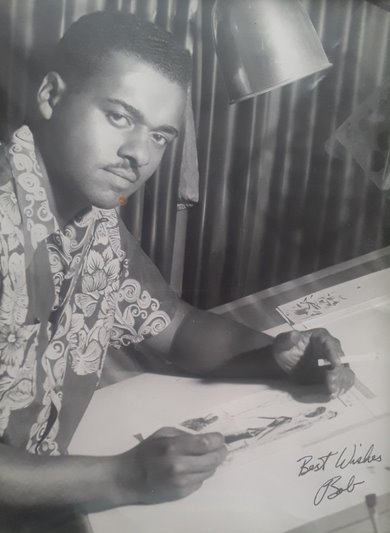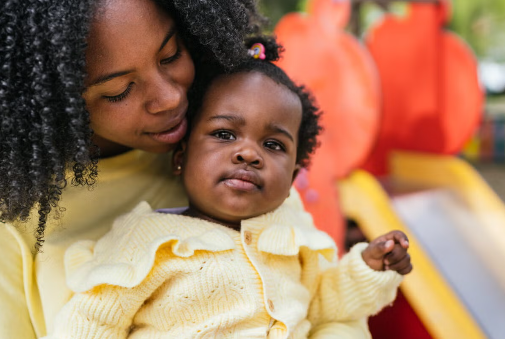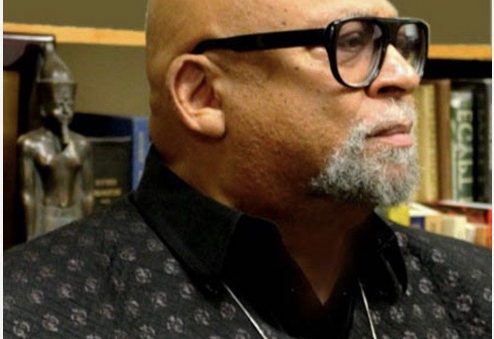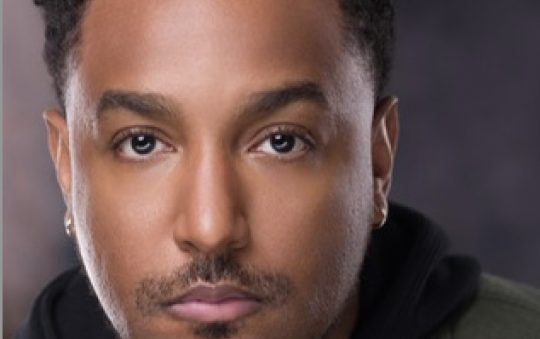Honoring the Legacy of Influential Black Artists in American Entertainment
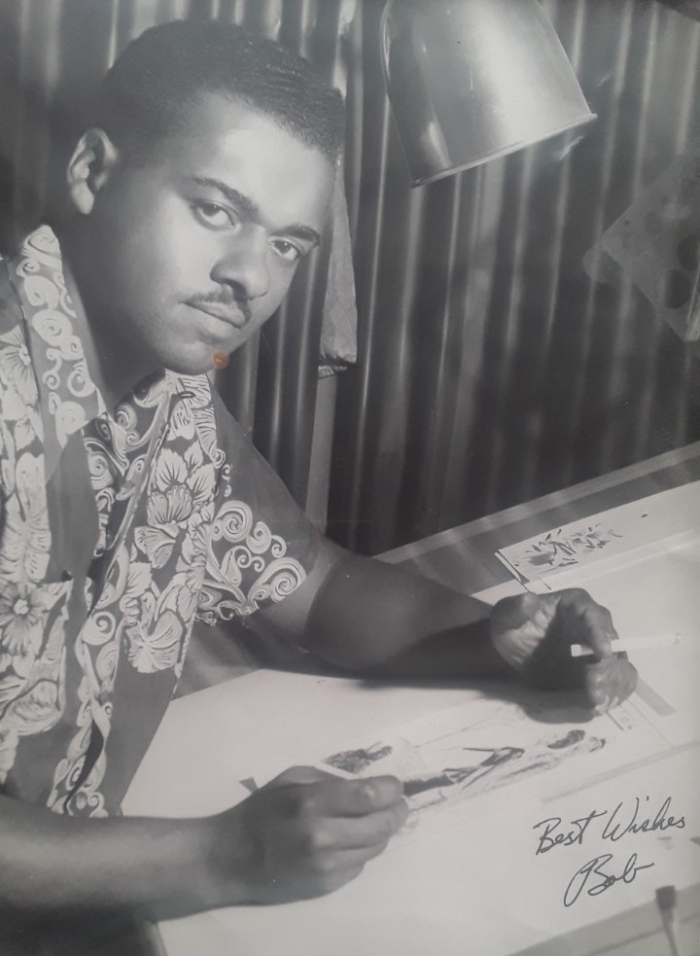
Robert Goe illustrated life in vivid color; his influence traveled through animation and brought laughter into many homes. America tuned into their favorite cartoons handcrafted by him. Through his dedication, Goe externalized every emotion and taught the nation how to smile through the pain of racial adversity.
Goe lived his life as a passionate Black artist and felt every frustration that came with that lifestyle. Working in a creative field in the 1950s, he produced all of his content by hand, but his contribution to the art world was overlooked due to the color of his skin.
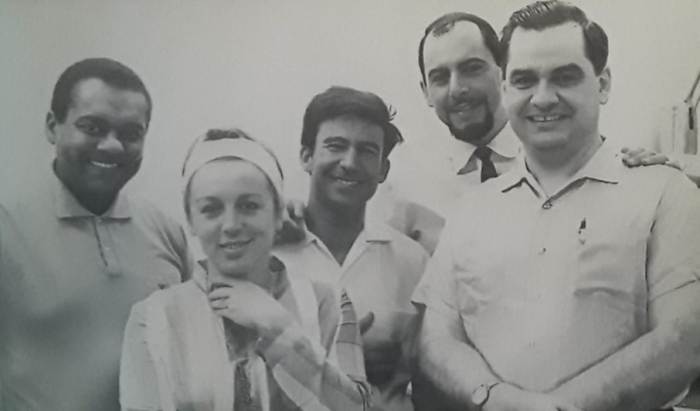
His daughter, Velda Goe, explained the pain she saw behind her father’s eyes as he worked tirelessly to become the best, but his dedication was rarely recognized within the company that he worked for.
The aspiring young artist developed his skills at Los Angeles City College. While crafting greeting cards and lending his skill to different publications, he was joined by fellow animator, Frank Braxton. Velda described their pace in careers were “neck-and-neck” at this point.
Braxton and Goe were part of the small group of Black animators that worked under major production companies. Their timestamp in molding modern animation is scarcely under-recorded possibly due to the reality of racial stigmas at that time.
Velda said, “He [Goe] went to Los Angeles City College to take art classes, and I imagine that’s where he met Frank Braxton because they were both doing the same type of thing.”
Moving into a career as a cartoon animator, Goe could have illustrated up to several hundred rough sketches for one storyline. Velda explained the movement to make a character smile took at least 25 separate sheets of paper.
Goe was the animation-director for a number of major TV series that became iconic pillars in American cartoons, such as “Scooby-Doo,” “The Smurfs,” “The Jetsons,” and “The Flintstones.” According to his Velda, Goe holds over 650 credits in the animated entertainment industry.
Goe’s contribution to the growth of these shows resulted in notable accolades; he shared the honor of receiving two Day-time Emmy nominations for “The Smurfs,” and “The Pup named Scooby-Doo.”
He also worked on seasonal movies. Goe contributed to the illustration of “Jetsons: The Movie,” “Scooby-Doo and Ghoul School,” and “The Jetsons Meet The Flintstones.”
Goe participated in some of the nation’s earliest memories of cartoon entertainment, which include “Pound Puppies,” and “Ri¢hie Ri¢h.” Velda recalled his illustrations were published in diverse media platforms, such as newspapers and other editorial spreads like Jet Magazine.

For a period, Goe operated independently; his wife Margaret assisted in his efforts to maintain R. Goe Studios, which was a photography and commercial art space.
As a published artist, Goe was accredited as the animation director for a lot of major shows under Hanna-Barbera Productions. As he climbed upwards in his career with all his energy, Goe also held space for other Black artists in the process, such as his assistant Leo Sullivan who worked closely with Goe.
Goe contributed his talents to the noted animation studio, Hanna-Barbera. Velda depicted the strength Goe exercised as a father and an artist, she said, “He was a fine artist, but he had four children–he was very aware of that responsibility.”
Goe went into the commercial art field and found there was an extreme racial bias that created barriers around the art industry. Velda detailed a fog surrounding her father’s work, she said, “I think there was frustration because of the unfairness in the industry at that time–well since birth,” Velda continued, “Even though he loved it, it was his passion; there was a lot of repressed anger.”

Although there was a block around his lateral growth in the art industry, Goe never stopped growing in spirit. Looking at his life, Goe made sure to pour intense focus into creating the greatest memories with his family. He shared some of his best laughs with his four children and wife of 47 years.
Velda recalled the times she spent with her family saying, “My dad was such an adventurous soul, and my mom was home too. When he was in the off-season, he would take care of the kids and my mom would go to work. He would take us hiking around Long Beach Harbor.”
Goe was described as the “clown” at family gatherings, Velda said, “When we used to have family reunions, my dad was the clown. He loved people; we had a lot of social gatherings at our house — people were always there.”
In addition to the warm laughter filling the Goe residence, Velda shared that they also cared for a few pets, which included a goose named Chucko. Named after the “Chucko the Birthday Clown show,” that Goe contributed to, Chucko the goose was trained to come to Goe whenever he called for him.

Velda recounts the days growing up in a household where each one held a different adventure. Goe was dedicated to having a lot of fun. She talked about family dinners and outings and how life was full of wonder. Velda shared a fondness for spending time with her father and having vibrant experiences in her youth.
Goe emerged from his desk after a long day of illustration and exercised his creative muscles through other types of mediums. Velda explained that Goe found sanctuary in cooking extravagant meals, some of which were still flaming as they made their way to the table. Goe found peace in the art of cooking and expressed new levels of creativity in every meal.

Velda said, “He had an intense curiosity about things. He turned himself into a professional photographer–once he had a little bit of free time. He would be in his studio until like three in the morning, developing his films,” Velda said.
Goe never took any moment of his life for granted; many forms of artistic expression held extreme value to him. Before passing away, Goe captured his essence within the body of his work. He inspired his family to always do their best by creating a bigger picture that focused on the legacy one leaves behind.

Velda grew up to be an artist and devoted patron to preserving her father’s work. She considered the best lesson she learned from her father; to create a specific lane for one’s skill and carry out those duties with excellence. Goe spent his life on earth illustrating characters that will be acknowledged for generations to come, teaching the morals of many stories start with dedication and perseverance.
Updated by Author 12/16/21



